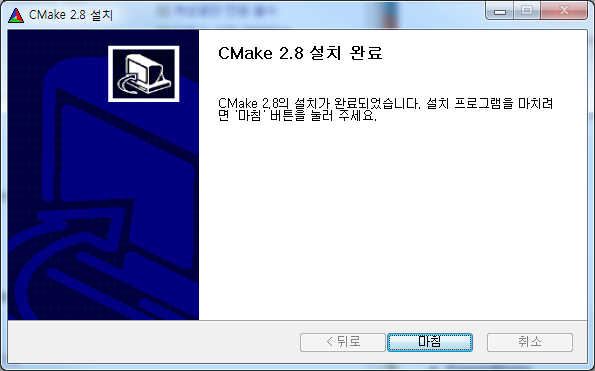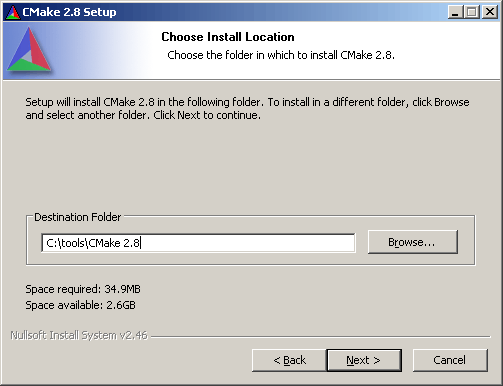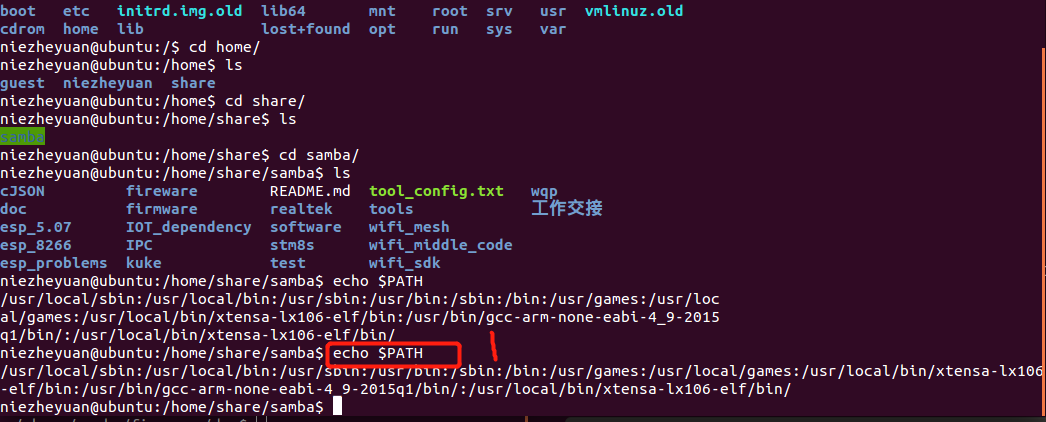

- INSTALLING CMAKE WINDOWS FOR MAC OS
- INSTALLING CMAKE WINDOWS INSTALL
- INSTALLING CMAKE WINDOWS CODE
- INSTALLING CMAKE WINDOWS DOWNLOAD
- INSTALLING CMAKE WINDOWS FREE
INSTALLING CMAKE WINDOWS CODE
Building Clang and Working with the Code On Unix-like Systems
INSTALLING CMAKE WINDOWS FOR MAC OS
From Xcode 4.2, Clang is the default compiler for Mac OS X. Ĭlang is also provided in all major BSD or GNU/Linux distributions as part of their respective packaging systems.
INSTALLING CMAKE WINDOWS DOWNLOAD
You can download the release versions from. Release Clang VersionsĬlang is released as part of regular LLVM releases. If you run into problems, please fileīugs on the LLVM bug tracker. If you like what you see, please consider getting This should get you up and running with the minimum of muss and fuss. This page gives you the shortest path to checking out Clang and demos a few Note: You can learn more about tasks.json variables in the variables reference.Getting Started: Building and Running Clang Now paste in this source code: #include #include #include using namespace std int main () In the File Explorer title bar, select the New File button and name the file helloworld.cpp.

INSTALLING CMAKE WINDOWS INSTALL
If gcc has the correct output but not gdb, then you need to install the packages you are missing from the Mingw-w64 toolset.If the compilers do not exist at that PATH entry, make sure you followed the instructions on the MSYS2 website to install Mingw-w64. If you don't see the expected output or g++ or gdb is not a recognized command, make sure your PATH entry matches the Mingw-w64 binary location where the compilers are located.To check that your Mingw-w64 tools are correctly installed and available, open a new Command Prompt and type: gcc -version g++ -version gdb -version You will need to reopen any console windows for the new PATH location to be available. If you used the settings above to install Mingw-w64, then add this to the path: C:\msys64\mingw64\bin. The exact path depends on which version of Mingw-w64 you have installed and where you installed it. Select New and add the Mingw-w64 destination folder path to the system path.Choose the Path variable in your User variables and then select Edit.Search for Edit environment variables for your account.

In the Windows search bar, type 'settings' to open your Windows Settings.Accept the default to install all the members in the toolchain group.Īdd the path to your Mingw-w64 bin folder to the Windows PATH environment variable by using the following steps:

Run the pacman command in a MSYS2 terminal. Install the Mingw-w64 toolchain ( pacman -S -needed base-devel mingw-w64-x86_64-toolchain). Take care to run each required Start menu and pacman command. You can download the latest installer from the MSYS2 page or use this link to the installer.įollow the Installation instructions on the MSYS2 website to install Mingw-w64. Get the latest version of Mingw-w64 via MSYS2, which provides up-to-date native builds of GCC, Mingw-w64, and other helpful C++ tools and libraries. You can install the C/C++ extension by searching for 'c++' in the Extensions view ( ⇧⌘X (Windows, Linux Ctrl+Shift+X)). To successfully complete this tutorial, you must do the following steps:
INSTALLING CMAKE WINDOWS FREE
If you have any problems, feel free to file an issue for this tutorial in the VS Code documentation repository. For those subjects, there are many good resources available on the Web. This tutorial does not teach you about GCC, GDB, Mingw-w64, or the C++ language. In this tutorial, you configure Visual Studio Code to use the GCC C++ compiler (g++) and GDB debugger from mingw-w64 to create programs that run on Windows.Īfter configuring VS Code, you will compile and debug a simple Hello World program in VS Code. Configure IntelliSense for cross-compiling.


 0 kommentar(er)
0 kommentar(er)
